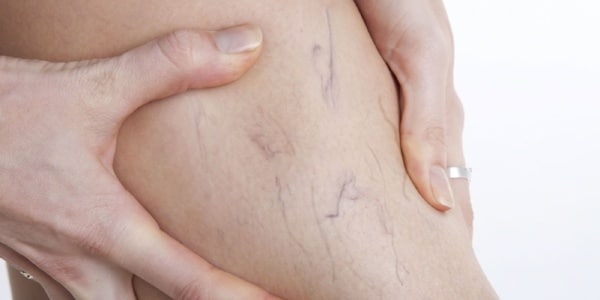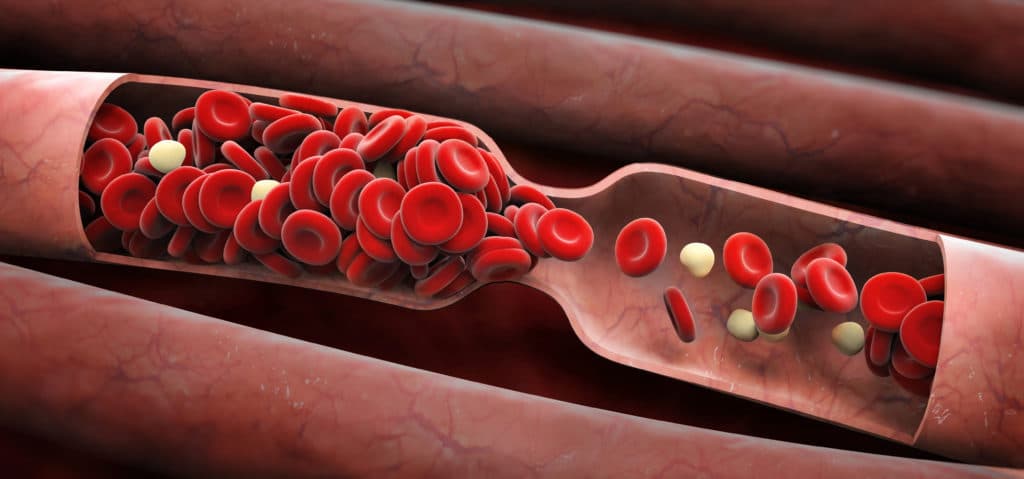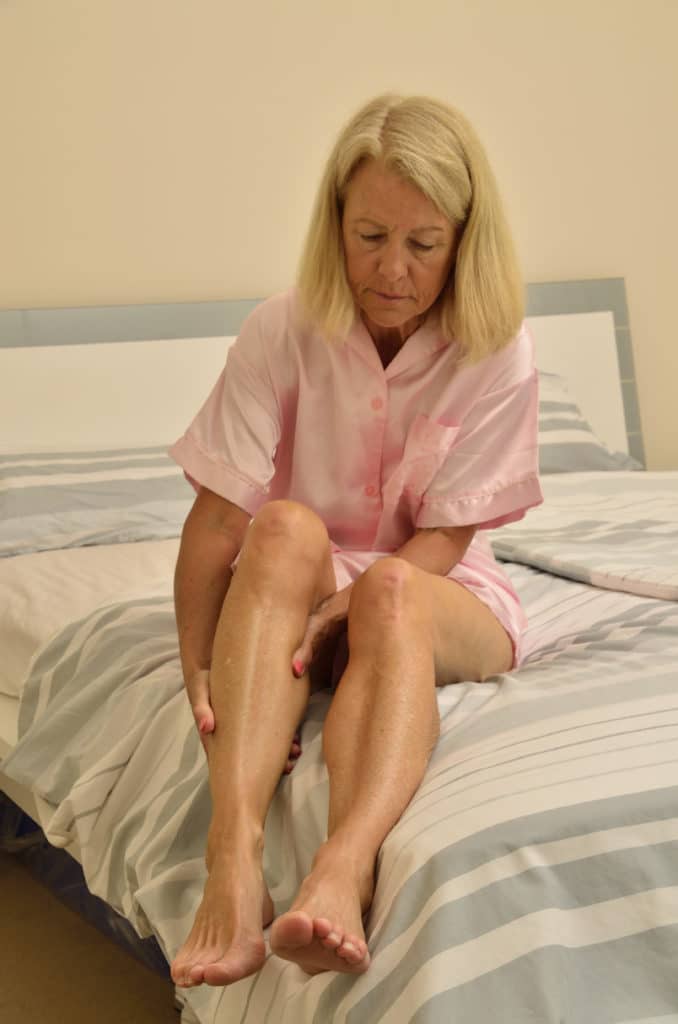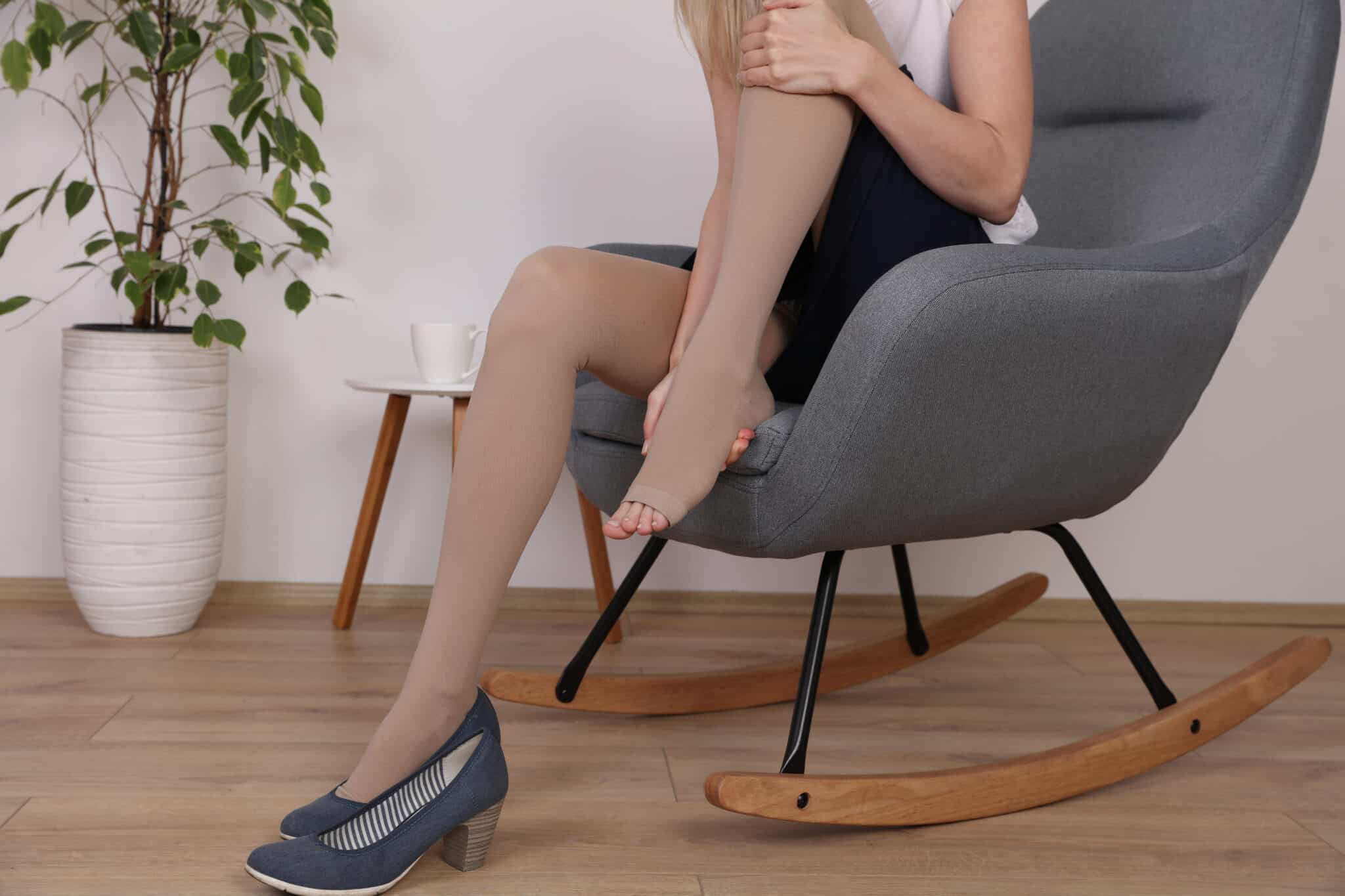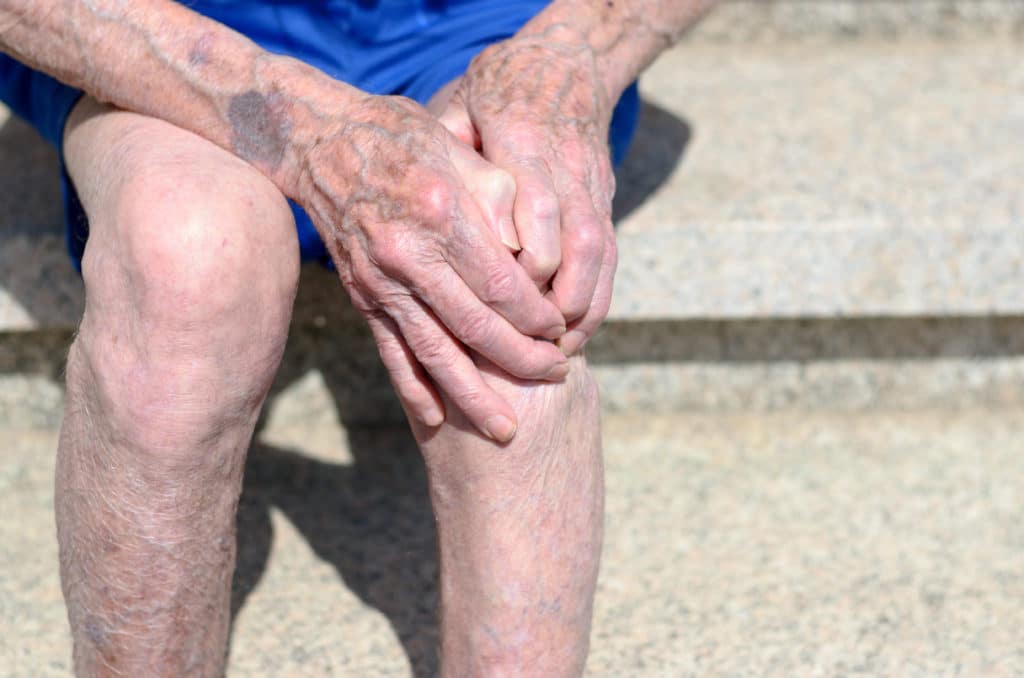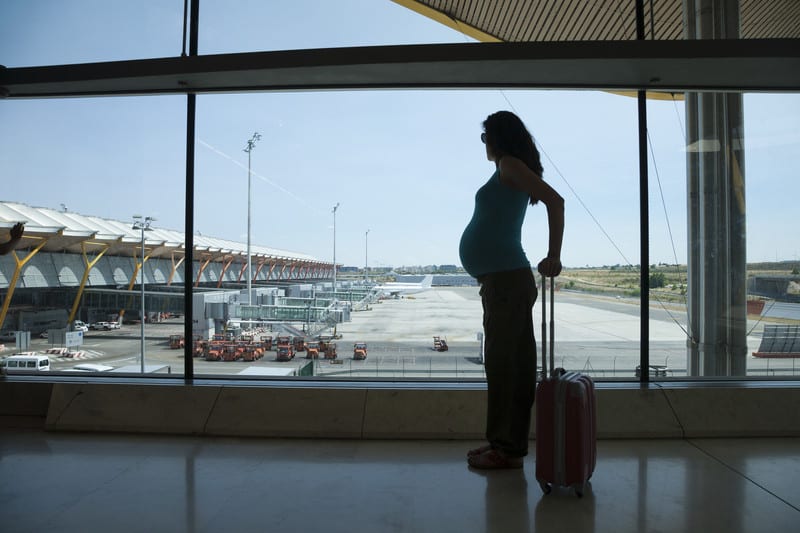
DVT and Varicose Veins during Pregnancy
DVT and Varicose Veins during Pregnancy
Pregnancy is a risk factor for the development of a blood clots with an incidence that is 4 to 50 times higher compared to non-pregnant women. Increased risk for development of a blood clot is highest in the postpartum period, with the most common occurrence of clot formation in left lower extremity and pelvis.
A blood clot, or venous thromboembolis (VTE) can manifest during pregnancy as a lower extremity deep vein blood clot, or it can break off from the lower extremities and travel to the lung, which is called a pulmonary embolus (PE). Pulmonary embolus is the seventh leading cause of maternal mortality or 9 percent of maternal deaths. Therefore, early detection of DVT during pregnancy is critical to preventing deaths caused by PE.
Pregnancy and the postpartum period are marked by the increased presence of components which contribute to the increased risk of DVT in pregnancy. Venous stasis of the lower extremities occurs during pregnancy because of two factors: increased blood volume, and hormonal changes to the lining of the veins. During pregnancy, lower extremity veins are subject to increased blood volume. Increased blood volume pared with hormonally induced dilation of the lower extremity veins leads to pooling of blood and causes incompetence in the valves. It is the pooling of blood in the veins that causes clots to form.
[read more="Click here to Read More" less="Read Less"]
People sometimes form clots because they have been sitting for too long. If you travel on long airplane flight and are pregnant, you are at increased risk of blood clots. Here are some things you can do to help prevent a clots: walk around every few hours, do not smoke, wear comfortable clothes, drink plenty of water, wear compression stockings, shift position in your seat frequently and move your legs and feet often.
Although venous intervention is not recommended during pregnancy, if your symptoms are concerning to you, an ultrasound can be performed for evaluation of DVT or venous insufficiency without harm or risk to you or your baby.[/read]
I have spider veins that hurt!
Question: I have spider veins on my legs and they really hurt to the touch. Can that be dangerous to my health? Answer: In the large picture, pain associated with spider veins is not life threatening. It would be worthwhile to have an evaluation by a qualified provider to see if these spider veins are…
Read MoreI have had a blood clot before and I am worried.
I am scheduled for a right leg radiofrequency ablation. I have venous insufficiency in the saphenous vein and have had a blood clot before. Question: In 2006, I underwent an artificial lumbar disk implant. This failed causing artificial disk to move into the spine. While surgeon removed the artificial disk implant, he nicked the liac…
Read MoreSclerotherapy before endovenous laser vein treatment?
My doctor said my vein is too large to have sclerotherapy performed first, is this true? Question: I have a few visible spider veins on my lower leg that I want treated with foam sclerotherapy. However, the doctor wants me to do endovenous laser treatment before the sclerotherapy. According to him, my vein is way…
Read MoreSame pain, new location
I’m having the same pain that I had before my ablation procedure, except it is in a different new location. How long will this go on? Question: It’s been 2 months since my GSV endovenous laser ablation procedure. I have the same pain that I had before the procedure, except it’s in a new location.…
Read MoreCircular wound with redness
I recently had the VNUS procedure done (both legs, multiple veins). Is it normal to have open, circular wound with redness and slight weepiness? Question: All of the other areas are healing nicely, but the area on my shin (a bit off center) has a much larger wound. It has been quite red in the…
Read MoreCompression socks make my legs hurt more, is this normal?
Question: How big of a size do compression stockings come in? Answer: Compression socks should be comfortable and supportive. If the stockings are making your symptoms worse, it is likely that they do not fit you correctly. There are numerous companies that make standard sized compression stockings. Some make 7 to 8 different sizes. Additionally,…
Read MoreGet rid of my varicose veins
Question: WHAT CAN I DO TO GET RID OF MY VARICOSE VEINS? Answer: There are numerous options to treat varicose veins. Some are considered medically necessary, while others are strictly cosmetic. Larger veins are treated in a myriad of ways depending on the provider you consult with and their proficiency in a given intervention. The…
Read MoreI injured my varicose vein over my knee, what should I do?
Question: I knelt down the other day and injured the large varicose vein over my knee. It bruised quickly and felt very sore, so I put a pressure bandage on it. Since then, the vein bruise has spread and is now about 12″ up my thigh. It is very red, and I’m not sure what…
Read MoreWhat Treatment Options Are Available For My CVI?
Question: What treatment options are available for my CVI? I can’t sit or stand in one place and I have heavy, aching legs all of the time. I started to have achy, heavy leg feelings about a month after I sprained my right ankle and scratched my left knee last April. I was diagnosed with…
Read MoreQ&A: During my EVLT, I could smell and taste a slight “burning” odor plus I was dizzy during my procedure. Is that normal?
Question: During the EVLT laser procedure I really didn’t feel well, especially when the laser was on. I felt dizzy and the smell of “burning” freaked me out. Even after I was done, it took me couple hours to feel normal again. Is that normal? Answer: The “odor” and sometimes a taste is normal during…
Read More
